- News
- Reviews
- Bikes
- Components
- Bar tape & grips
- Bottom brackets
- Brake & gear cables
- Brake & STI levers
- Brake pads & spares
- Brakes
- Cassettes & freewheels
- Chains
- Chainsets & chainrings
- Derailleurs - front
- Derailleurs - rear
- Forks
- Gear levers & shifters
- Groupsets
- Handlebars & extensions
- Headsets
- Hubs
- Inner tubes
- Pedals
- Quick releases & skewers
- Saddles
- Seatposts
- Stems
- Wheels
- Tyres
- Tubeless valves
- Accessories
- Accessories - misc
- Computer mounts
- Bags
- Bar ends
- Bike bags & cases
- Bottle cages
- Bottles
- Cameras
- Car racks
- Child seats
- Computers
- Glasses
- GPS units
- Helmets
- Lights - front
- Lights - rear
- Lights - sets
- Locks
- Mirrors
- Mudguards
- Racks
- Pumps & CO2 inflators
- Puncture kits
- Reflectives
- Smart watches
- Stands and racks
- Trailers
- Clothing
- Health, fitness and nutrition
- Tools and workshop
- Miscellaneous
- Buyers Guides
- Features
- Forum
- Recommends
- Podcast
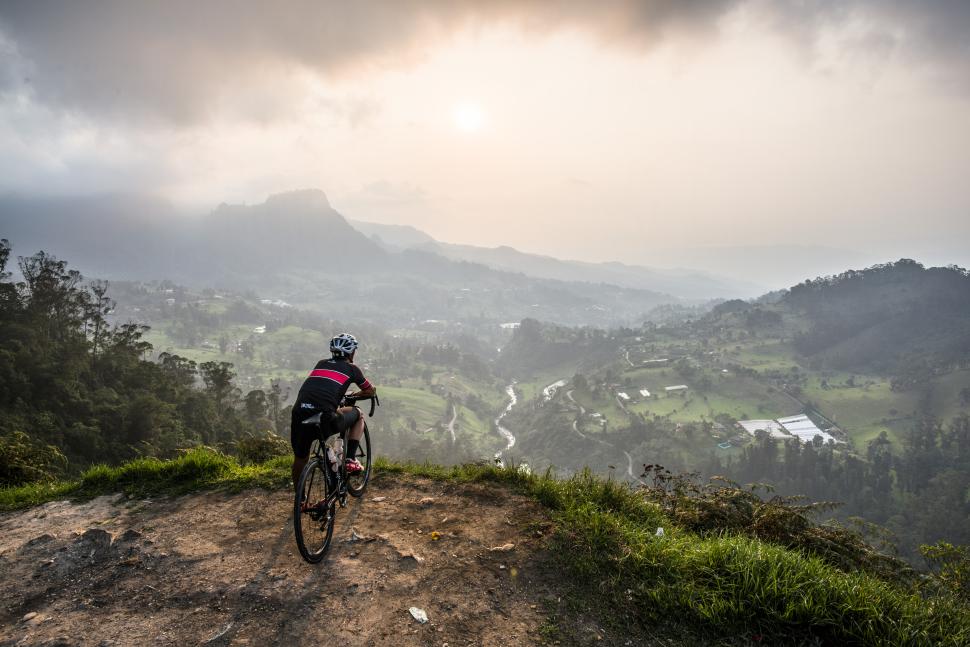 Saddle Skedaddle - Cycling in Colombia
Saddle Skedaddle - Cycling in ColombiaThere’s more to cycling holidays than just Majorca! Two expert tour guides pick their ultimate cycling trip bucket list destinations

This article includes paid promotion on behalf of Saddle Skedaddle
Fitness, commuting, training, racing, relaxing – it’s all fun when done by bike. But nothing instils the full sense of potential, fulfilment and joy of cycling than really exploring the world from the saddle.
Of course, anybody can just get on their bike and head into the great wide yonder. But to really make the most of your precious free time, and to extend your horizons beyond your imagination, it’s worth seeking out a dedicated cycle tour operator with local expertise.
With 28 years of experience, Saddle Skedaddle is the UK’s leading independent cycling holiday specialist, with a catalogue of fully-guided and self-guided cycle tours in destinations around the world, from Norway to Morocco and Chile to Croatia. All the tricky logistics are taken care of, so all you have to do is turn up and ride... although choosing which holiday from Skedaddle’s huge range is possibly even trickier than the cycling!
So, to whet your appetite, we’ve spoken to two of Skedaddle’s road cycling guides – Isobel Riley and David Hall – to share two of their favourite destinations and explain what makes the riding in these parts of the world so special. Prepare to be inspired!
Andalucía, Spain: ‘Los Pueblos Blancos’ - Isobel Riley
(Self-guided option here)
Isobel has been guiding road cycling holidays for Skedaddle for 15 years all over Europe and the UK. With a passion for climbing cols, and all the major climbs in the Pyrenees and Alps under her belt, she knows what makes for an exciting cycling holiday.
Tell us about the route
This tour starts in Pizarra and takes us through the most fantastic mountain scenery in Andalucia. On the first day we ride up the Guadalhorce Valley passing the dramatic cliff of El Chorro to one of the ‘pueblos blancos’ – El Burgo. This sits right on the edge of the Sierra de las Nieves Natural Park, full of incredible gorges and rock formations. From El Burgo we take on the Puerto de la Vibora – or the ‘Viper’s Pass’ – snaking up through pine trees and along a ridge.
The tour heads into the breath-taking Sierra de Grazelama. After riding alongside the deep blue Zahara-Gastor reservoir, we climb the famous Puerto de la Palomas, which has featured in the Vuelta a Espana. It’s a distinct climb and we end up among the limestone rock formations above the Tierra de Grazelema, with stunning views back down to the reservoir.
We actually spend two nights in Grazelema, doing a loop ride via El Bosque and Ubrique. We descend the Puerto del Boyar, another famous climb in the area, the opposite direction that the pros will ride in this year’s Vuelta. Another climb in the Vuelta is also on this tour: the Puerto del Viento.
The roads in this area are fantastic, they’re smooth with very little traffic. We pass through a series of beautiful little villages with their characteristic white-washed walls unique to the area. There is no end of fantastic plazas where we can get tapas and a beer… well, at the end of the day, at least.
For this holiday we fly into Malaga, which is really handy as there are plenty of flights, before transferring to Pizarra.
Which is your favourite day or section?
I would definitely say that the Puerto de las Palomas climb up towards Grazalema is beautiful. You just get stunning views back down to the reservoir. A highlight of that day is stopping in a little village called Zahara, where we have a coffee and cake on a terrace overlooking the lake, anticipating the climb ahead.
The climbs on this tour aren’t super-steep – there are no 10% sections that you’ll find in the Alps or the Pyrenees. For example, the Puerto de las Palomas has an average gradient of 5% or 6%, so you can spin away and glide up. It’s just a really beautiful climb.
What’s special about cycling in this area?
You get fabulous road surfaces – the asphalt is second to none, especially compared to UK roads. But even in terms of Europe-wide standards, this is one of the best places I’ve ever ridden in terms of road surfaces.
Also, the lack of traffic is amazing. You don’t see many cars on the more rural roads and there isn’t the same training-camp mentality as in Majorca. This is the complete opposite of that: much calmer, with equally incredible climbing and descending, and stunning views.
What’s great is the feeling of being in the middle of nowhere and that you’re the only rider on the climb – which you probably are – then dropping down to a lovely café with fantastic food. After a refuel you’re off again into the unspoilt scenery.
If you’re looking for blue skies and sunshine all year round then this is the place to go!
Any advice for people tempted by it?
Even though you might have never heard of the area, do take the gamble and go. You will be absolutely delighted by the cycling here.
Ronda itself is a fabulous place to stay – there are the bodegas and quite a developing wine tasting scene for people interested in that. The food has a Moorish influence, there are some decent bike shops in Ronda as well, so for me, it is the whole package.
And you don’t see too many other Brits here, which might be an attraction for some people!
In fact, I suspect anybody wanting to ride in this area will also be interested in our Roads of Ronda tour, with petal rides leaving and returning from Ronda, and slightly longer mileage and more climbing.
How many days – 8 days (6 days riding)
Total distance – 248 miles
Difficulty – 2-3 out of 5
Cost – £1,995 PP
Colombia: Emerald Mountains - David Hall
David has travelled the world for more than 20 years, researching and guiding road cycling holidays for Skedaddle in Europe and Latin America.
Tell us about the route
We start in Bogatá, 2600m above sea level. It’s an enormous metropolis and a fantastic city for cyclists, although it’s surprising how quickly you find yourself in beautiful, lush countryside once we transfer out of it.
We spend the first day acclimatising – 2600m is high enough to feel the effects of altitude, although not high enough to feel altitude sickness. It’s a relatively flat start with just one small climb – 6 or 7km – where people start to understand the effect of that altitude.
On the first night we stay in a tiny village with a real Colombian vibe. It’s a stark contrast to the fancy hotels of the major cities and lovely to experience these two very different sides to Colombia, even in the first 24 hours.
The Colombian Andes are divided into three ranges or ‘cordilleras’, separated by the Magdalena and Cauca river valleys. First, we enjoy a dramatic descent into the Magdalena Valley and down to the Magdalena River, which is notable because it is the route that the Spanish followed to enter Latin America.
Riding out of the valley, we take on the epic Alto de Letras: the longest climb in the world, from 400m to just under 3,700m, more than 52 miles. It's a a great challenge for everybody.
Our journey continues with a beautiful descent to Manizales, the capital of the coffee growing region, before dropping down to the Cauca River. This area is home to Pablo Escobar’s hippos, which are now roaming free in the area – not that we’ve ever seen them on our tours!
It’s a picturesque route with great climbs and long descents, hot dry flat sections, and fantastic views. We enjoy a rest day in the city of Medellin before continuing our journey to Santa Rosa de Osos, a religious city full of churches. We arrive on a Sunday just as everybody is going to mass.
After a transfer to Cienaga de Oro, we spend two days cycling to our last destination: Cartagena. There, we ride onto the city walls and finish with a celebratory drink overlooking the Caribbean.
Which is your favourite day or section?
It’s difficult to say because every day is so different but a highlight for me is the second day, where we have a massive descent into the Magdalena Valley. Catching a glimpse of the Magdalena Valley for the first time, when you understand the history of it, is a significant point in the trip for me.
I also love the final descent when we head down to the Cauca for the final time, from cool, cloudy and fresh environments to a hot, steamy tropical paradise, and eventually down to the more Caribbean-influenced north. I always feel a little bit sad because we are leaving the mountains behind but I look forward to that day because it is such a dramatic and exciting descent.
What’s special about cycling in Colombia?
The vibrant culture and the friendliness and openness of the people is one thing. But the scale of the mountains and incredible landscapes will also take your breath away.
I can’t remember which of the Colombian cyclists of the 1970s and 1980s it was who said this but, when questioned about the Tour de France and why Colombian cyclists weren’t winning the race overall, responded that European mountains are simply too short. Colombian cyclists are just warming up on places like Mont Ventoux by the time they reach the top.
We have 40-mile+ climbs on this ride and that’s what really struck me when I first came out here: the scale of things is enormous! But while Colombian climbs are very long and high, they are not very steep in comparison to some places. That takes the sting out of some of the climbing, although the effects of altitude can introduce their own challenges.
Any advice for people tempted by it?
Because of Colombia’s seasons – rainy season versus dry season – we schedule these tours in January and February. That’s not a time of the year when Brits normally do a lot of riding so do whatever you can to keep your legs turning in the period before you come out here. Don’t be overly obsessed about getting yourself into shape by doing lots of climbing, but stay in shape by doing lots of riding during the winter.
Don’t turn up, as some folks do, hoping to get fit on the tour. Please arrive as fit as you can be under the circumstances!
How many days – 13 (11 days riding)
Total distance – 634 miles
Difficulty – 4 out of 5
Cost - £3,645 PP
Of course, the fantastic holidays we’ve looked at here are just two of Saddle Skedaddle’s incredible options. To see the full range of 180 different holidays, visit www.skedaddle.com/uk
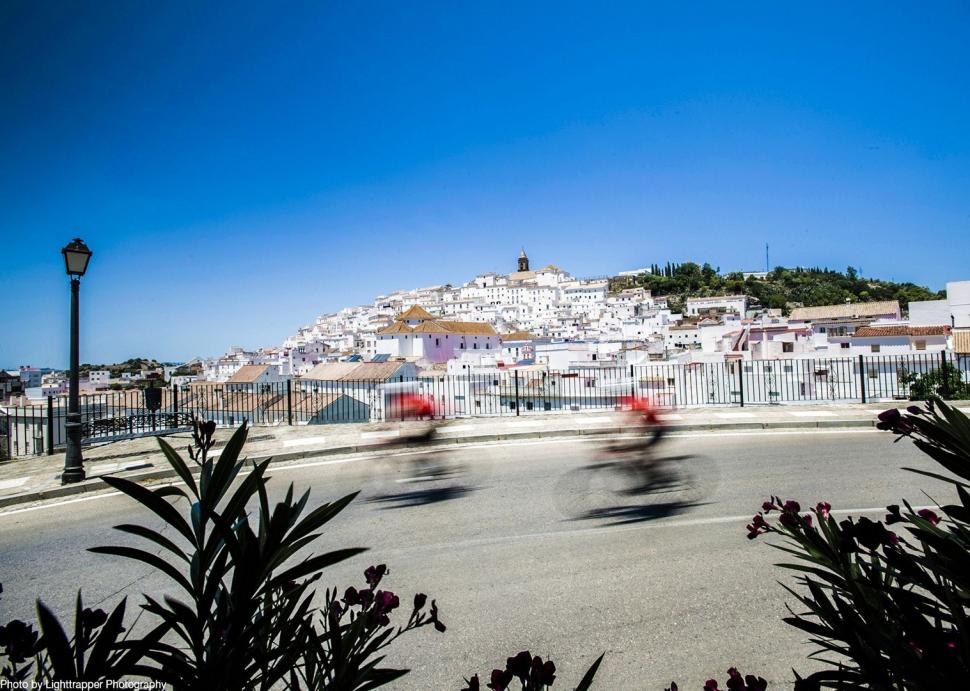
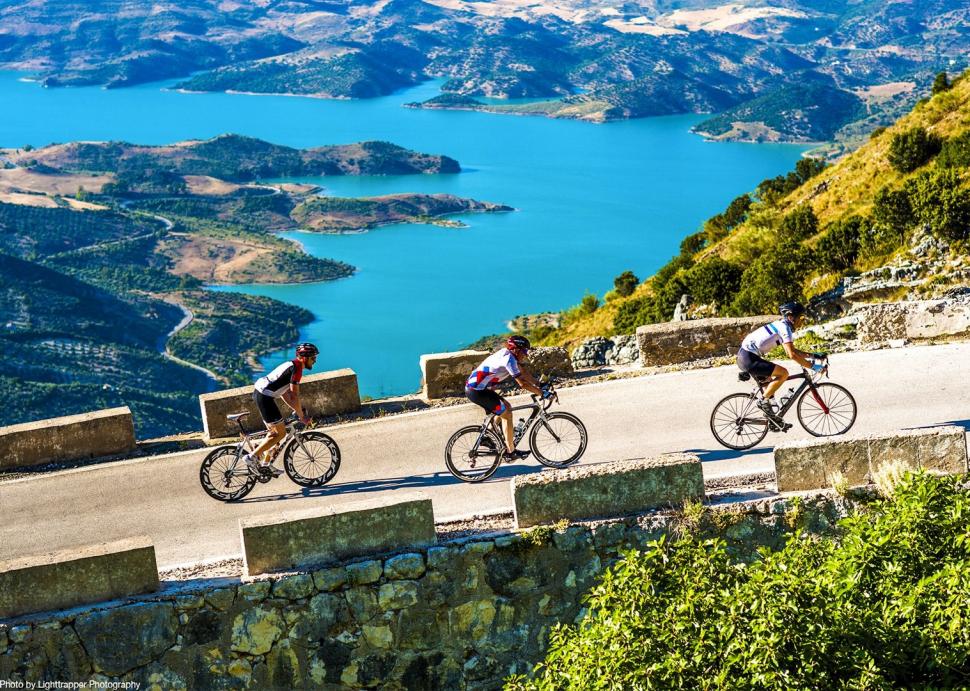
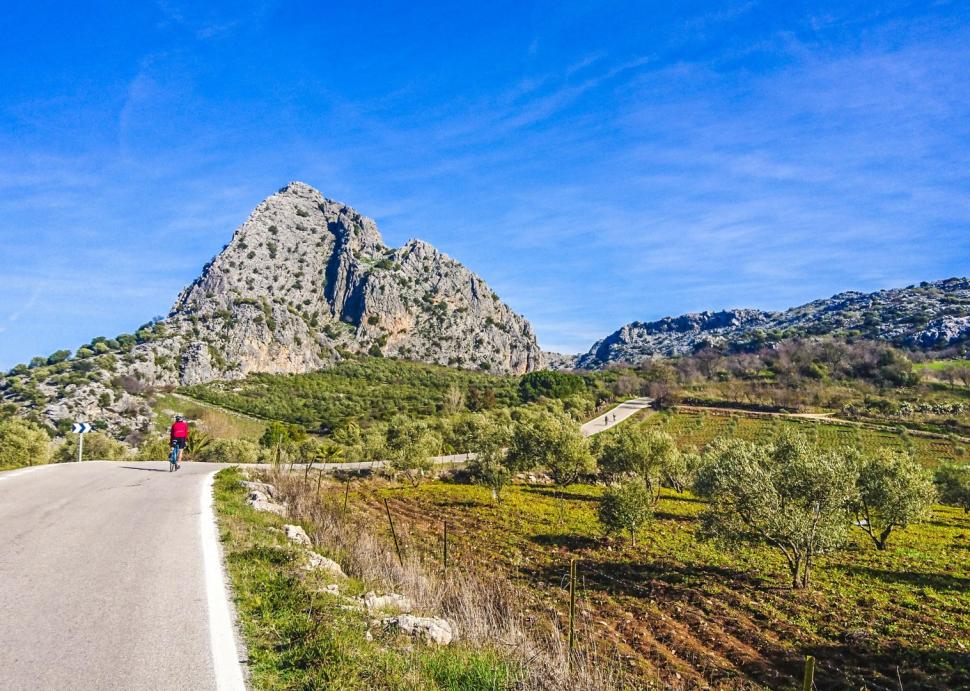
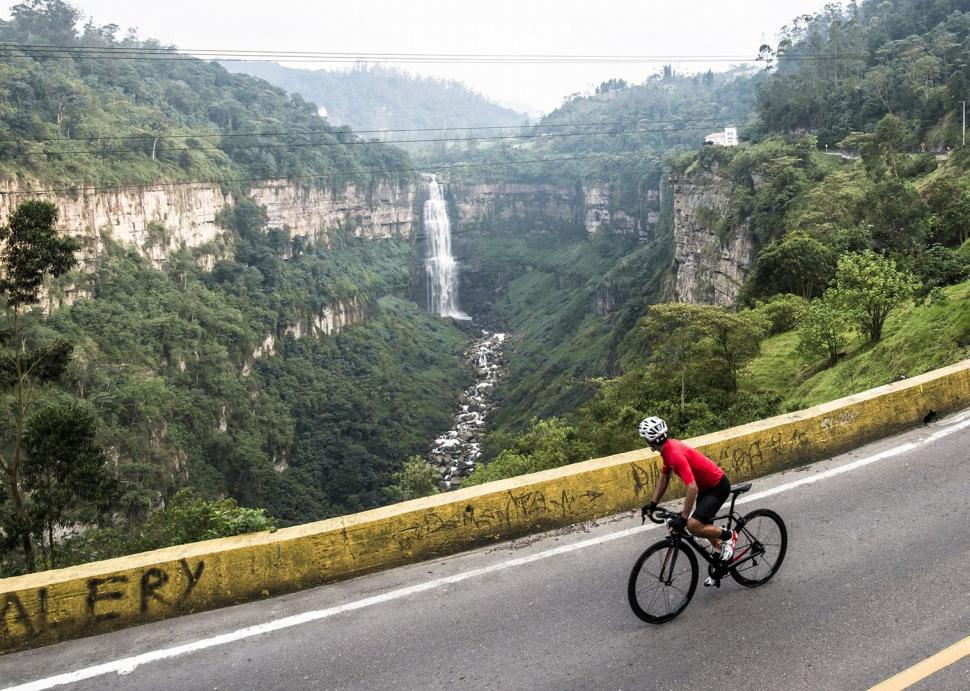
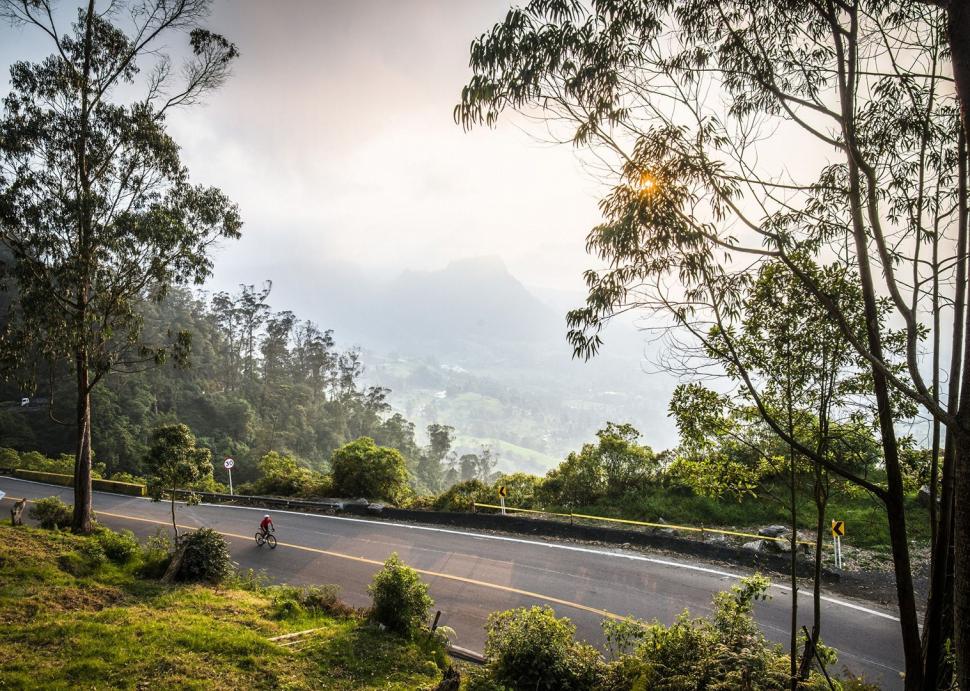
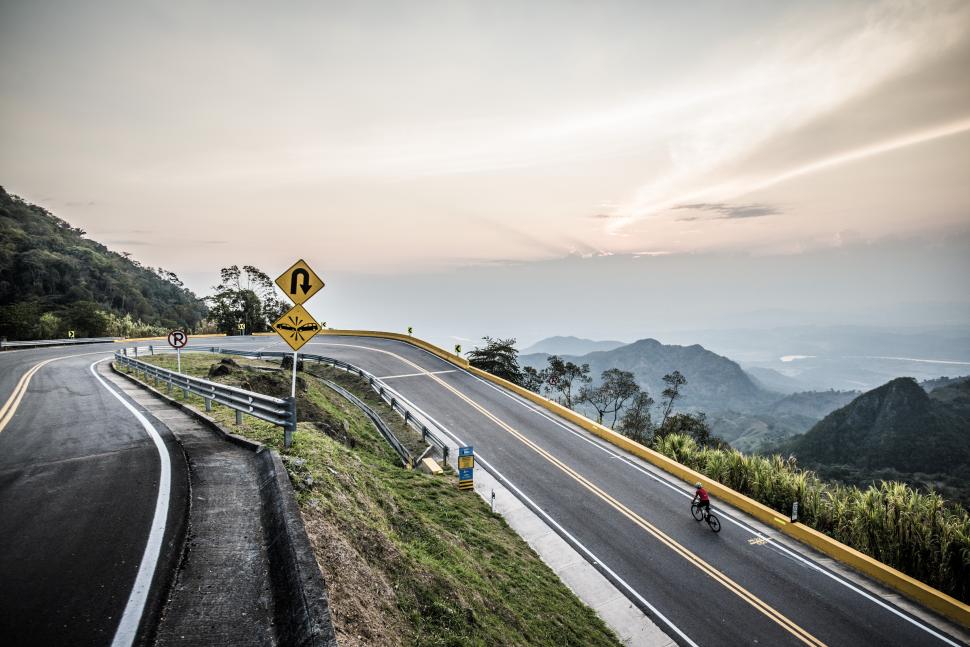
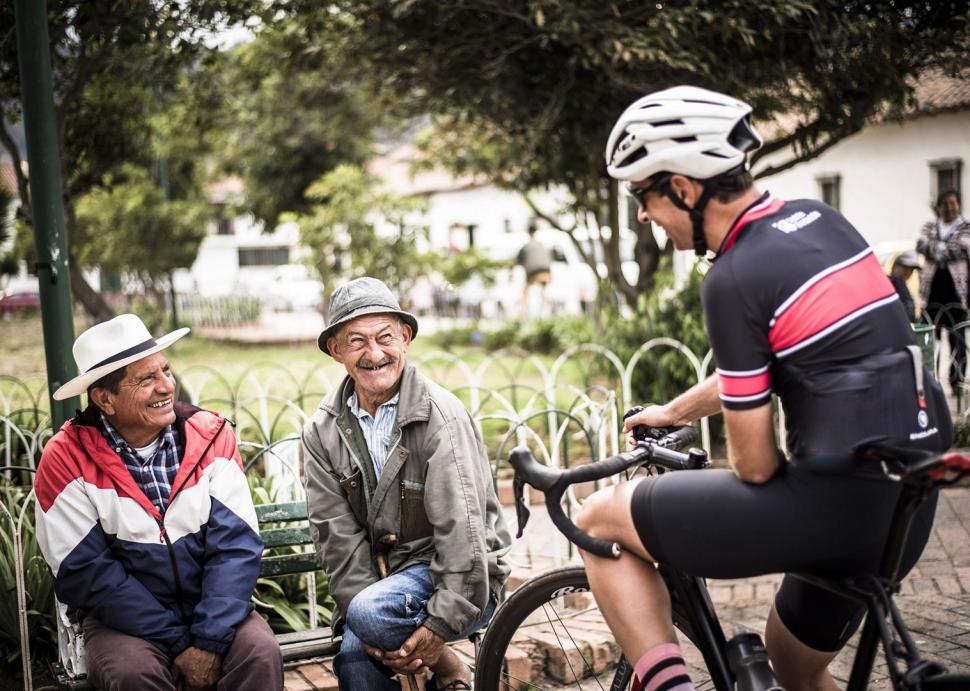
Good man, well done!
I watched it all on Tiz for free with no ads.
+1 on saddle height and also check your lateral alignment - everything should be straight and aligned. My bike fit years ago moved my feet to the...
Everything Lezyne sells are really good, especially their pumps, and the Torque Drive. ...
It's not only the UK which suffers from vile louts-VdP is a great athlete who deserves respect!
https://www.youtube.com/watch?v=wOzP87HVCWw
Apart from the fact that you're completely wrong - Decathlon is a French company and has 1045 stores in Europe compared to 50 in the UK - whilst...
Finally tried out the Smart Lever that I did get for Xmas as I had a suspicious looking bubble/bump on my rear GoodYear tyre (don't think I'll buy...
Suitable reply, No Reply.
Further motoring exemptions have been highlighted by a certain celebrity lawyer: needing the loo, being a well-known footballer...